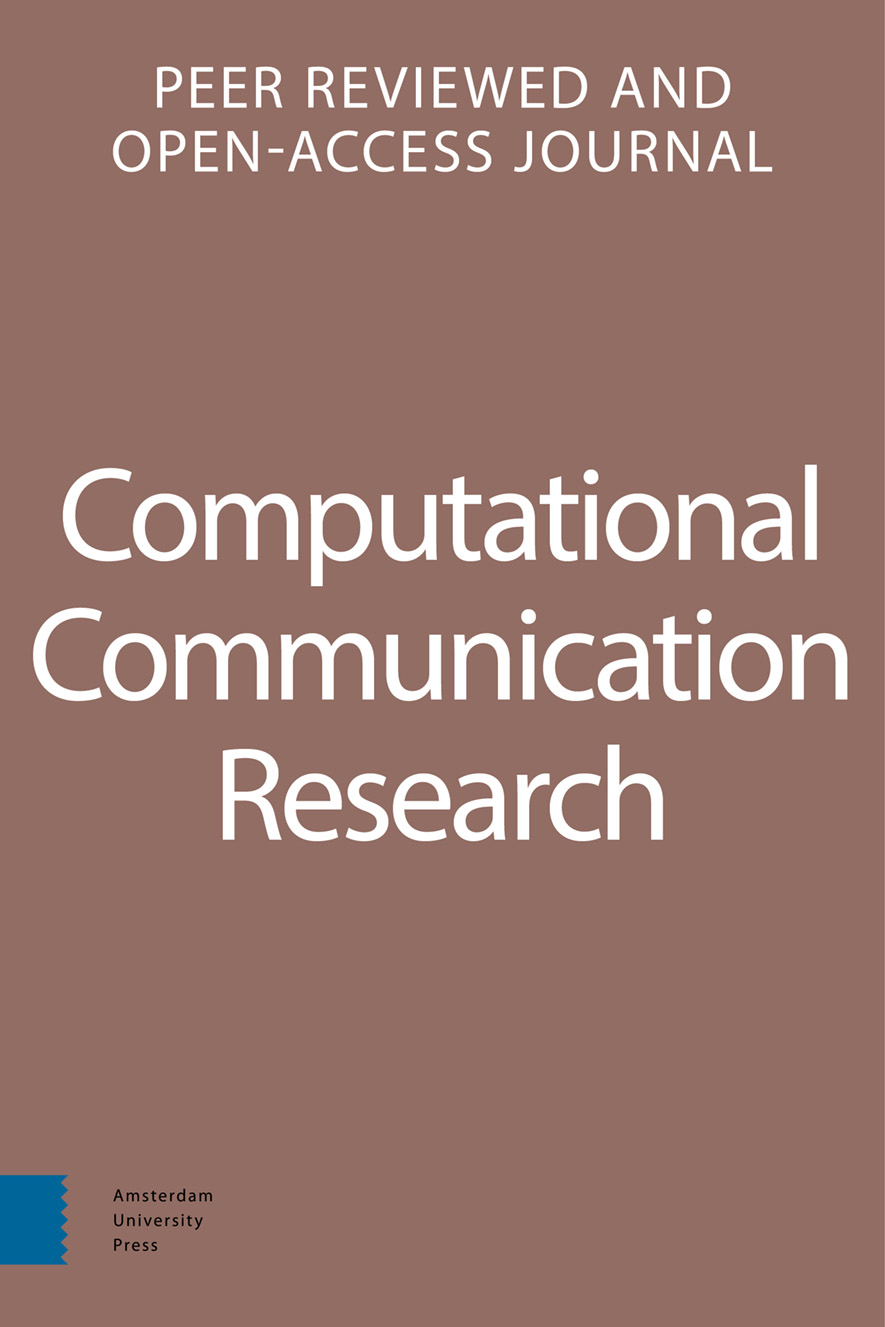-
oa Detecting Impoliteness and Incivility in Online Discussions
Classification Approaches for German User Comments
- Amsterdam University Press
- Source: Computational Communication Research, Volume 2, Issue 1, Feb 2020, p. 109 - 134
-
- 01 Feb 2020
- Previous Article
- Table of Contents
- Next Article
Abstract
Impoliteness and incivility in online discussions have recently been discussed as relevant issues in communication science. However, automatically detecting these concepts with computational methods is challenging. In our study, we build and compare supervised classification models to predict impoliteness and incivility in online discussions on German media outlets on Facebook. Using a sample of 10,000 hand-coded user comments and a theory-grounded coding scheme, we develop classifiers on different feature sets including unigram and n-gram distributions as well as various dictionary-based features. Our findings show that impoliteness and incivility can be measured to a certain extent on the word level of a comment, but the models suffer from high misclassification rates, even if lexical resources are included. This is mainly because the classifiers cannot reveal subtle forms of incivility and because comment authors often use predictive words of incivility or impoliteness in non-offensive ways or in different contexts. Still, when applying the classifiers to a comparable set of comments, we find that the machine-coded categories and the hand-coded categories reveal similar patterns regarding the distribution of and the user reactions to uncivil/impolite comments. The findings of our study therefore provide new insights into the supervised machine learning approach to the detection of different forms of offensive language.


